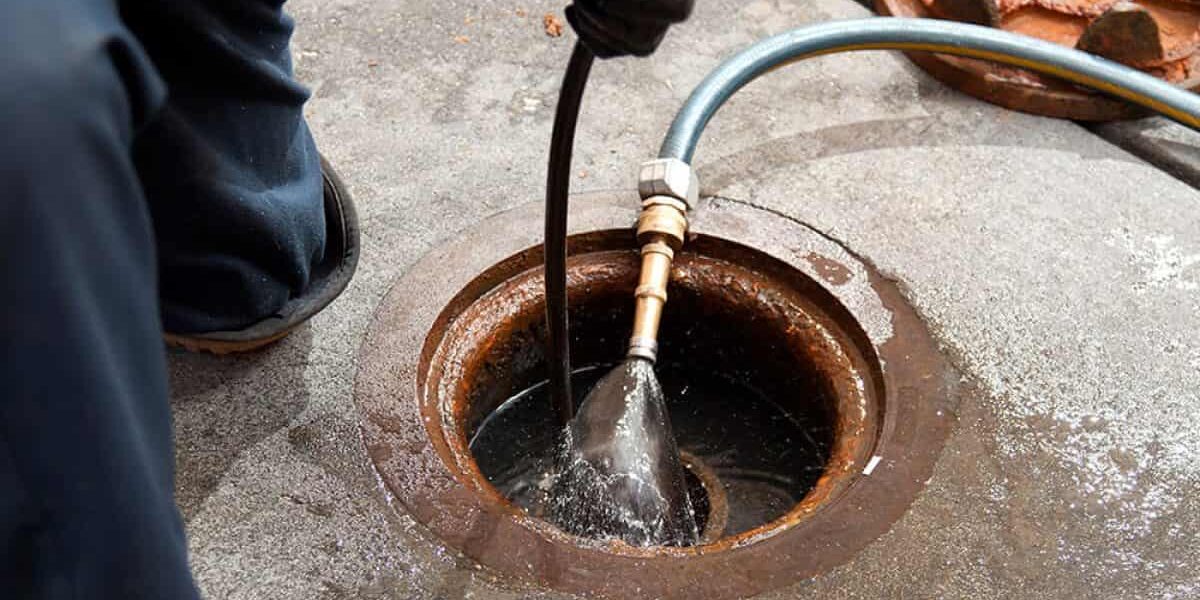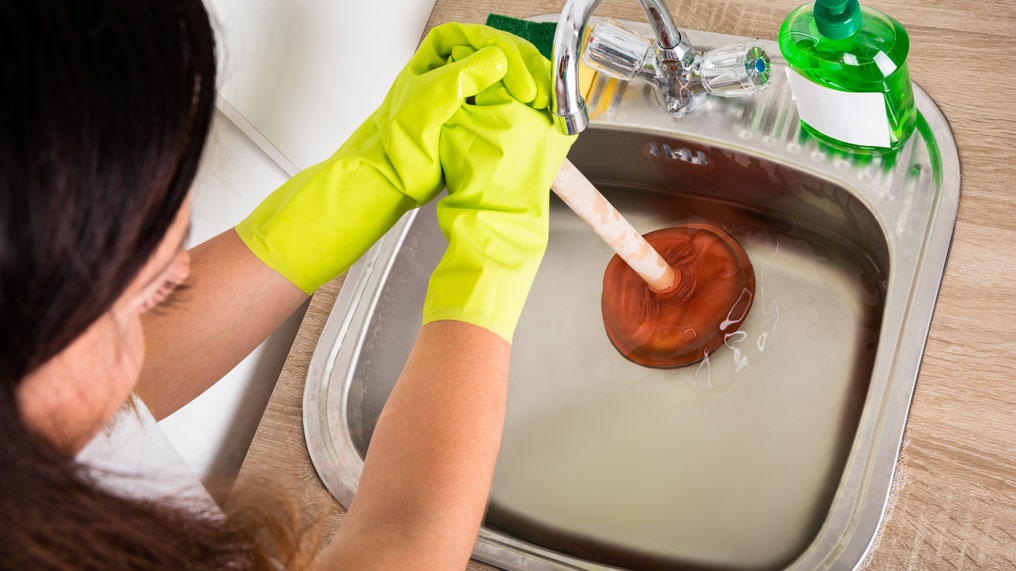What to Handle a Blocked Drain Prior to Consulting Professional Plumbers
What to Handle a Blocked Drain Prior to Consulting Professional Plumbers
Blog Article
Have you been trying to find answers concerning 8 Tips For Clearing A Blocked Drain?

Introduction
Dealing with an obstructed drainpipe can be an aggravating experience, interfering with everyday activities and possibly triggering damages to your building. Nevertheless, prior to connecting to plumbing experts, there are steps you can take to deal with the problem on your own. In this overview, we'll explore DIY options and safety nets to take on an obstructed drain efficiently.
Determining the Problem
The first step in dealing with a blocked drain is recognizing the signs. Slow-moving drain, gurgling audios, foul odors originating from drains pipes, or water support up prevail indications of a blocked drain. Determining these signs early can assist avoid even more issues.
Common Sources Of Blocked Drains
Comprehending the aspects that contribute to drain clogs is important for effective resolution. Common wrongdoers consist of hair, soap residue, oil, food particles, and foreign objects like hygienic items or paper towels. Tree origins attacking underground pipes can likewise cause substantial clogs.
DIY Solutions
For minor clogs, a number of do it yourself solutions can be efficient. Pouring boiling water down the drain can assist liquify grease and particles. Sodium bicarbonate and vinegar or a mixture of salt and baking soda can function as all-natural cleaners. Making use of a plunger or pipes snake to remove obstructions is an additional alternative.
Tools and Equipment
Having the right devices available can make do it yourself drain cleaning up a lot more reliable. A bettor is a flexible device for removing obstructions in sinks, bathrooms, and showers. A plumbing serpent or auger can get to deeper clogs, while drain cleansing chemicals can be utilized meticulously for stubborn obstructions.
Preventive Measures
To avoid future clogs, embracing safety nets is critical. Set up drainpipe guards or filters to capture hair and debris before they go into the pipelines. Regularly flush drains pipes with warm water to dissolve grease build-up, and avoid dealing with oil or strong waste away.
When to Call a Professional
While do it yourself remedies can fix minor obstructions, specific signs indicate the need for expert support. Persistent clogs, foul odors despite cleaning efforts, or several drains pipes supporting simultaneously are red flags that necessitate experienced treatment.
Picking the Right Pipes Solution
When picking a pipes solution, take into consideration variables such as experience, licensing, and consumer testimonials. Pick a trusted plumber with a record of top quality craftsmanship and transparent rates methods.
Cost Factors to consider
The price of professional drainpipe cleaning services can differ depending upon the extent of the blockage and the plumbing technician's rates. Demand quotes from numerous providers and ask about any surcharges to make certain transparency and stay clear of surprises.
Security Precautions
When attempting DIY drain cleansing, focus on security. Wear protective gloves and eyewear to stay clear of contact with harmful chemicals or microorganisms. Never ever mix various drain cleansing items, as this can create dangerous fumes.
Instance Studies
Real-life instances show the effectiveness of do it yourself solutions and the significance of prompt professional treatment in dealing with drainpipe clogs.
Verdict
By following the tips detailed in this guide, you can effectively deal with obstructed drains and prevent future plumbing issues. Whether going with do it yourself services or looking for expert aid, punctual activity is essential to preserving a healthy and balanced plumbing system and protecting the stability of your home.
WHAT I LEARNED FROM TRYING TO DEAL WITH A CLOGGED DRAIN
We have had our share of seepages and other annoying things that are part of living, especially in an apartment complex. And if there’s one thing that’s terrifying for a homeowner—or even someone in a rented home—it is a clogged drain, indoors or outdoors.
We enjoy our living space, but it’s simply a fact of life that dead skin, soap and a host of other items go down the drain; eventually, the residue builds up and prevents anything from moving. Ugh.
Not Calling A Professional
Of course, it might seem simple to just whip the pipe off under the sink and see if you can unblock it. Unfortunately, what if the blockage isn’t there, or you don’t reconnect it properly? Worse, you might break a piece and have no drainage system. Can you imagine that scene? Yuck!
Not Watching Your Waste
This will sound d’uh, but the best tip I can give you for drain cleaning is to avoid clogging the drain in the first place! You can do this by monitoring what goes down the drain and catching the items which are most likely to give you a problem. Invariably hair, vegetable peels, and large wads of toilet paper are the most obvious culprits. Add a filter—these are available in hardware stores and can be removed and cleaned easily.
Poking The Drain
The first urge with a clogged drain is to poke at it with a stick or anything that resembles a stick. Sadly, this does not result in magically solving the issue. The mental image is, naturally, one of the stick just pushing through the offending item and all is well again. Reality is quite different and unpleasant and likely to lead to further problems.
The thing is, every drain has a series of bends that are not visible to us. Drains are built this way to prevent gases from entering the house. What happens when you poke a stick into the drain? Of course, it can’t bend around the corner. The more adventurous people will use force and end up wedging the stick or causing it to break off in the pipe—creating an even bigger issue. Worst thing? The stick will shift the block further down the pipe, creating the space for more to collect. Go ahead! Roll your eyes!
Using The Wrong Plunger
You know what they say: the right tool for the right job! Did you know there are different types of plungers besides the basic one we keep at home for an emergency? Yes, there are. For example, the toilet plunger has a bell-shaped bottom while the sink plunger is flat. This is an important difference and using the wrong plunger will be useless. There’s also a knack in using plungers—they must be placed in such a way that they create an airtight seal and then, moved slowly up and down—not as fast as we imagine.
https://vidyasury.com/2018/01/learned-trying-deal-clogged-drain.html

As a keen person who reads on , I thought sharing that information was important. I beg you set aside a second to share this content if you enjoyed it. I am grateful for your time. Kindly visit our site back soon.
Book Report this page